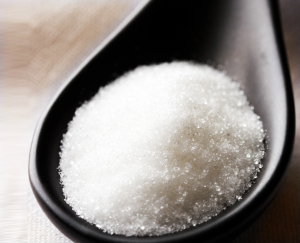
A-Z Indexes Food Health Guides
Health News |
Carbs’ Surprising Heart Disease Connection Fat, fiber, and protein all lower the glycemic index of meals and snacks
For years, conventional wisdom has held that avoiding the saturated fat found in red meat and high-fat dairy is one of the best dietary ways help prevent heart disease. But if new research is any indication, avoiding certain carbohydrates may be even better.
The devil is in the detailsResearchers followed 53,644 men and women with no history of heart disease to look at the connection between saturated fat, carbohydrates, and heart disease. Participants were between 50 and 64 years old at the start of the study and provided detailed information about their dietary and health habits. The researchers looked at how substituting simple and complex carbohydrates into the diet in place of saturated fat affected heart attack risk. Glycemic index (or GI, a measure of how different carbohydrates, such as those found in potatoes and oatmeal, affect blood sugar levels) was used to classify carbohydrates as simple or complex. The higher the GI number, the higher the food will raise blood sugar in people who eat it. Revealing resultsAfter following the participants for 12 years, the study authors found that for every 5% increase in simple carbohydrate calories that were substituted for saturated fat calories, there was a 33% increased risk of having a heart attack. Eating more complex carbohydrates did not increase heart attack risk. Plain English, pleaseFor years, health experts have advised people to cut as much saturated fat out of their diet as possible to reduce heart disease risk. This study suggests that if simple carbohydrates replace saturated fat calories, this may increase heart-disease risk, not lessen it. Simply put: simple carbohydrates increase heart disease risk more than saturated fat. Curbing carbsIf you want to keep your ticker healthy, it makes sense to watch the saturated fat in your diet. However, be sure you don’t replace those fats with simple carbs. Some tips on how to do this:
(Am J Clin Nutr 2010; 91:1764–8; Am J Clin Nutr 2010; 91:1541–2) Suzanne Dixon, MPH, MS, RD, an author, speaker, and internationally recognized expert in chronic disease prevention, epidemiology, and nutrition, has taught medical, nursing, public health, and alternative medicine coursework. She has delivered over 150 invited lectures to health professionals and consumers and is the creator of a nutrition website acclaimed by the New York Times and Time magazine. Suzanne received her training in epidemiology and nutrition at the University of Michigan, School of Public Health at Ann Arbor. Copyright © 2025 TraceGains, Inc. All rights reserved. |
